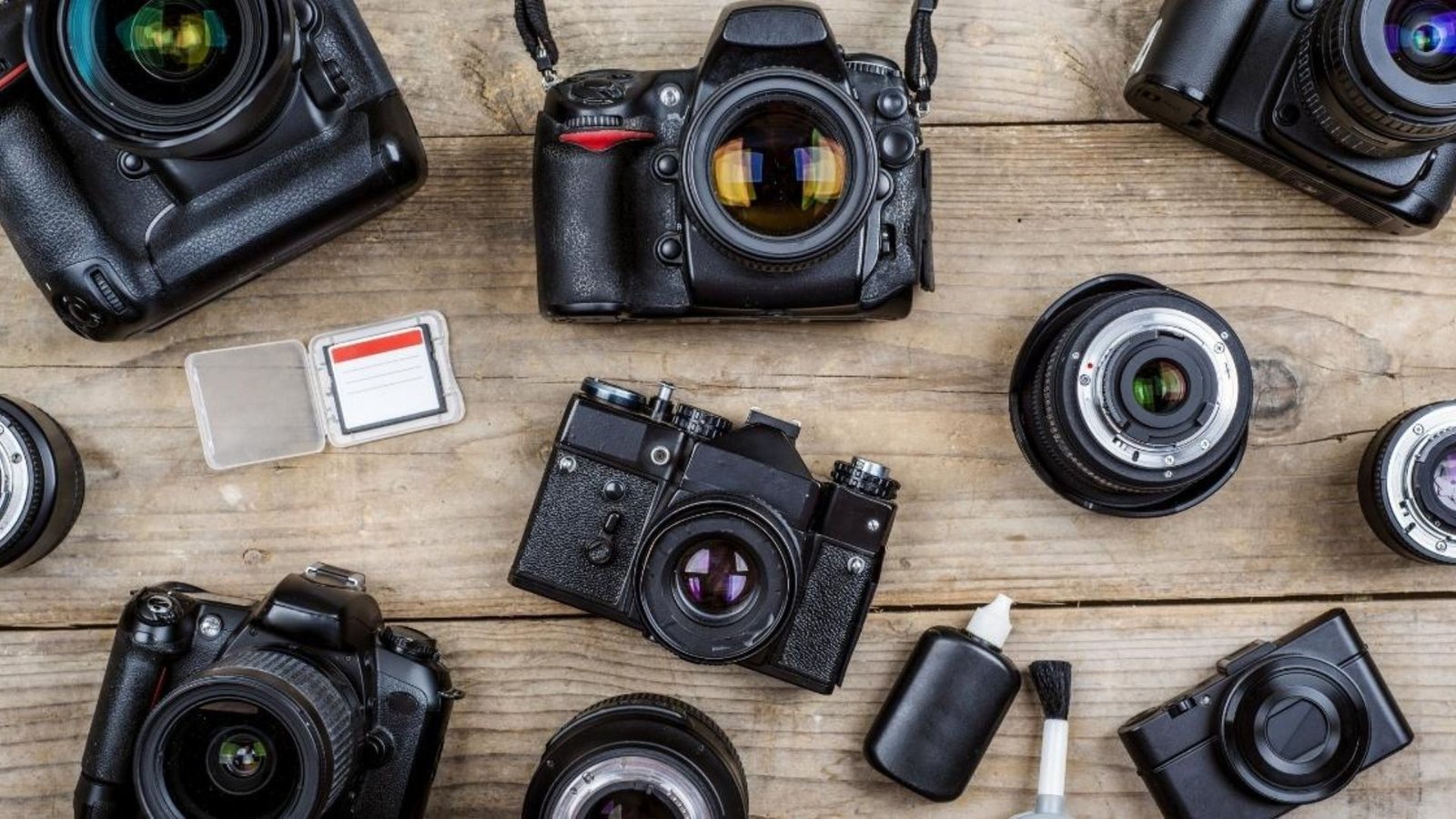Depth of field (DOF) is a crucial concept in photography that affects how much of your image is in focus. It plays a significant role in composition, storytelling, and the overall impact of your photos. Understanding and manipulating depth of field can elevate your photography skills and help you achieve the desired effect in your images.

What is Depth of Field?
Depth of field refers to the range within a photo that appears acceptably sharp. It determines how much of the scene, from the foreground to the background, is in focus.
Factors Influencing Depth of Field
- Aperture: The size of the lens opening affects depth of field. A larger aperture (smaller f-number) results in a shallow depth of field, while a smaller aperture (larger f-number) increases the depth of field.
- Focal Length: The length of the lens also impacts depth of field. Longer focal lengths produce a shallower depth of field, whereas shorter focal lengths increase it.
- Distance to Subject: The closer you are to your subject, the shallower the depth of field. Conversely, the farther away you are, the deeper the field.
Creative Uses of Depth of Field
Emphasizing the Subject A shallow depth of field, achieved by using a large aperture, isolates your subject from the background. This technique is often used in portrait photography to highlight the subject while blurring out distractions in the background.
Creating a Sense of Depth By using a deep depth of field, you keep more of the scene in focus. This approach is beneficial in landscape photography, where you want both the foreground and background to be sharp, giving a sense of depth and detail to the image.
Controlling Backgrounds Depth of field allows you to control how much of the background is visible and how it appears in the final shot. A blurred background, or bokeh, can enhance the aesthetic quality of an image and direct attention to the main subject.
Practical Tips for Using Depth of Field
Choosing the Right Aperture
- Portraits: Use a wide aperture (e.g., f/1.8 to f/4) to achieve a shallow depth of field. This helps to blur the background and make your subject stand out.
- Landscapes: Opt for a smaller aperture (e.g., f/8 to f/16) to increase the depth of field. This ensures both the foreground and background are in sharp focus.
Adjusting Focal Length
- Close-Up Shots: When photographing close-up subjects, such as macro photography, use a wide aperture to create a shallow depth of field. This helps to focus on specific details while blurring the surrounding area.
- Wide-Angle Shots: For wide-angle photography, a smaller aperture is ideal to keep a larger portion of the scene in focus.
Controlling Distance
- Foreground and Background: Experiment with your distance from the subject to control the depth of field. Moving closer to your subject can help achieve a shallower depth of field, while stepping back can increase it.
Depth of Field in Different Photography Genres
Portrait Photography A shallow depth of field is commonly used to create a pleasing background blur and ensure the subject is the focal point. This technique helps to separate the subject from any distracting elements in the background.
Landscape Photography In landscape photography, a deep depth of field is essential for capturing the full detail of a scene. Use a smaller aperture to keep both foreground and background elements in focus, creating a sense of depth and continuity.
Architectural Photography Depth of field plays a role in architectural photography by emphasizing details and textures. Adjust your aperture to balance the sharpness of the building’s details with the overall composition.
Conclusion
Depth of field is a fundamental aspect of photography that significantly impacts the visual storytelling of your images. By understanding how to control and use depth of field effectively, you can enhance your compositions, draw attention to specific elements, and create a more engaging and professional look. Experiment with different settings and techniques to discover how depth of field can best serve your photographic style and goals.










